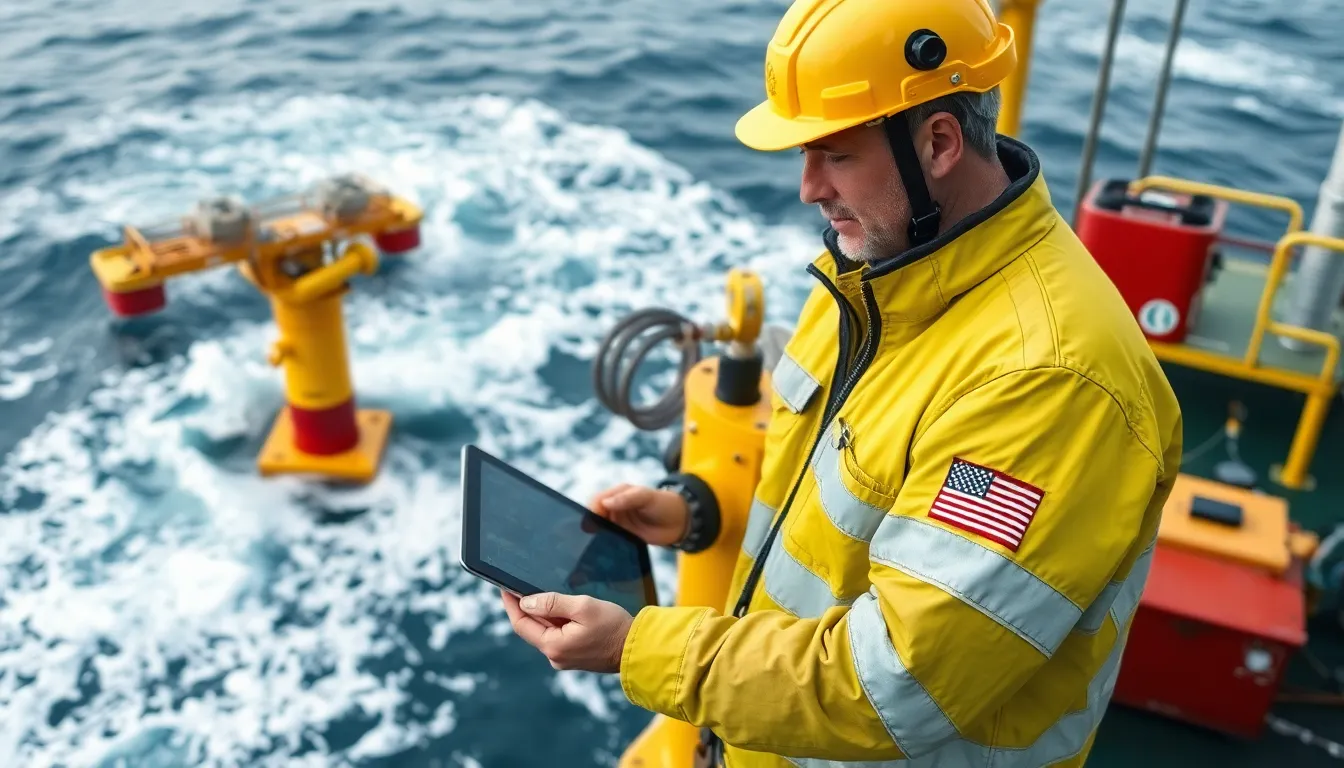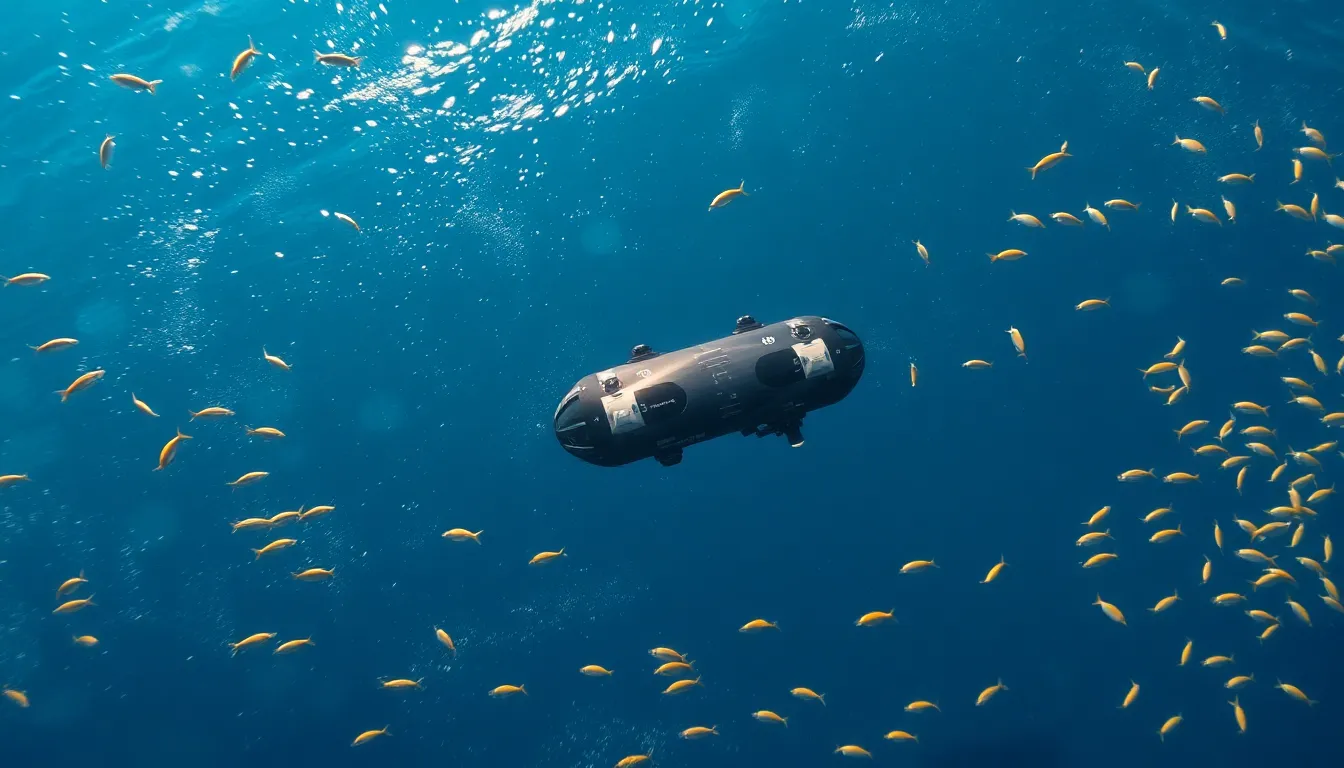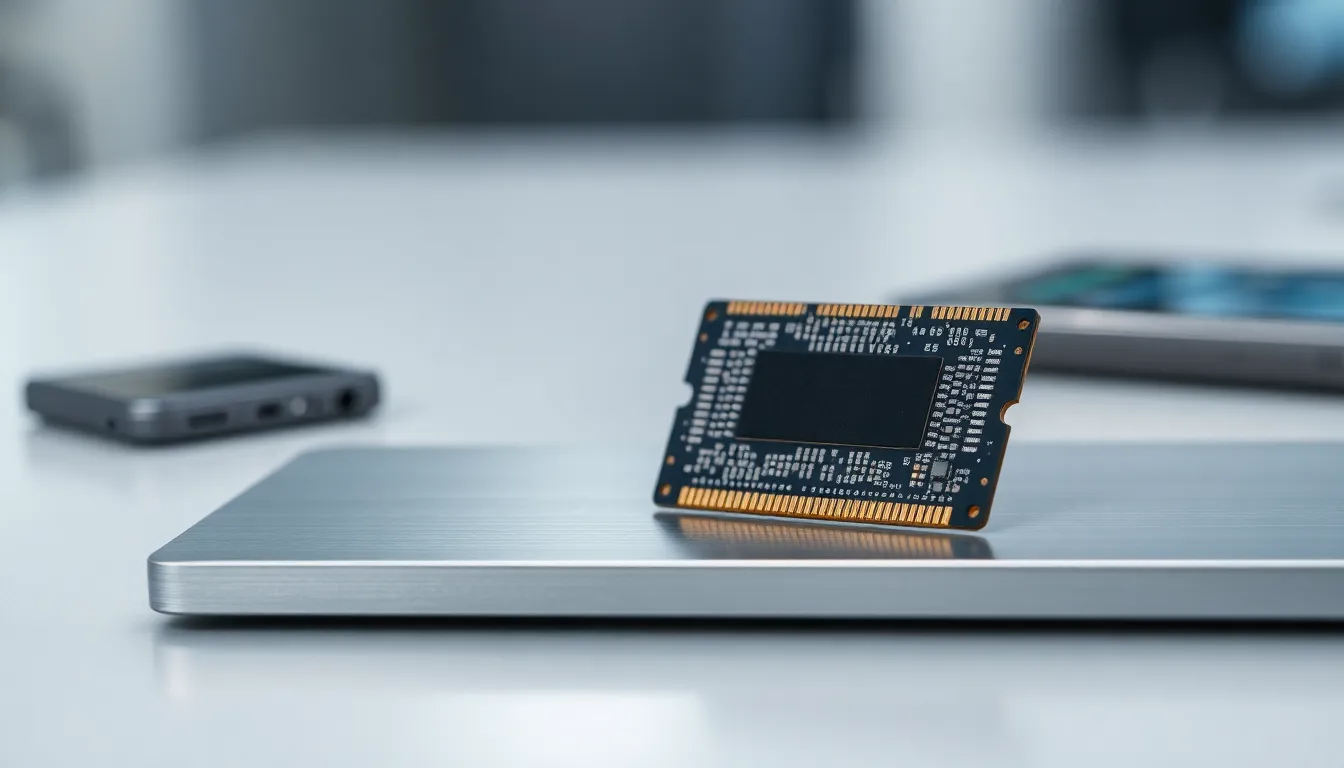Subsea technology isn’t just about exploring the ocean’s depths; it’s where innovation meets adventure. Imagine a world where robots dance with dolphins and sensors whisper secrets of the deep. This isn’t science fiction; it’s the cutting-edge realm of subsea tech, and it’s making waves in the industry.
Table of Contents
ToggleLatest Developments in Subsea Technology
Subsea technology continues to evolve rapidly, showcasing cutting-edge innovations that enhance exploration and resource extraction. Recent developments highlight the integration of robotics and advanced sensors in the marine environment.
Innovations in Subsea Robotics
Robotic systems are transforming underwater operations, enabling precise tasks in challenging environments. These robots include autonomous underwater vehicles (AUVs), designed for data collection and site inspections. Sophisticated software algorithms improve navigation and obstacle avoidance, resulting in increased efficiency. Notable examples include underwater drones that can operate at depths exceeding 3,000 meters, equipped with high-resolution cameras and manipulators for intricate work. Collaborative robotic fleets are also emerging, working together to maximize data acquisition and analysis.
Advancements in Subsea Sensor Technologies
Sensor technologies play a crucial role in subsea monitoring and data gathering. Recent innovations focus on enhanced acoustic sensors capable of detecting environmental changes and marine life movements. These sensors provide real-time data, vital for environmental assessments and resource management. Additionally, the development of smart sensors enables predictive maintenance in subsea infrastructure, reducing downtime and operational costs. Sensors with improved battery life and power efficiency contribute to longer deployment durations, which allows for extensive monitoring over time.
Industry Trends in Subsea Technology

Subsea technology continuously evolves, influencing various sectors through innovative practices and advancements. This dynamic field showcases significant trends that shape future operations.
Sustainability Practices in Subsea Operations
Sustainability increasingly guides subsea operations. Companies adopt eco-friendly practices to minimize environmental impacts. Use of renewable energy sources, such as offshore wind, becomes common to power subsea devices. Notably, several operators prioritize waste reduction by employing recyclable materials in equipment design. Innovative monitoring systems track marine ecosystems, ensuring compliance with regulations and protecting biodiversity. Overall, sustainable practices lead to a more responsible approach in subsea exploration and resource extraction.
Impact of Digitalization on Subsea Projects
Digitalization significantly transforms subsea projects. Adoption of advanced data analytics enhances decision-making processes, allowing operators to optimize efficiency. Many companies integrate artificial intelligence to process vast data sets gathered by subsea sensors. This integration leads to improved predictive maintenance strategies, minimizing equipment failures. Furthermore, collaborative platforms enable real-time data sharing among teams, contributing to enhanced project management and execution. Overall, digitalization streamlines subsea operations, promoting innovation and productivity.
Notable Projects and Case Studies
Innovative subsea projects showcase the technology’s capacity to revolutionize underwater operations. These endeavors highlight the effectiveness of advanced robotics and sensor systems.
Successful Subsea Installations
Recent installations demonstrate the efficiency of autonomous underwater vehicles (AUVs) in complex environments. A notable project involved the deployment of AUVs in deep-sea exploration missions off the coast of Norway, where they provided critical geological data. Another example is the use of collaborative robotic fleets for pipeline inspections in the Gulf of Mexico, which improved data reliability and reduced operational costs. These installations provide valuable insights and enhance safety for teams operating in challenging subsea conditions.
Challenges Faced in Recent Projects
Navigating technical difficulties presents ongoing challenges in subsea operations. Harsh weather conditions and unpredictable underwater environments often hinder project timelines. Equipment malfunctions and the high costs associated with deep-sea operations pose significant hurdles. In one instance, a subsea construction project in the North Sea faced delays due to strong currents complicating installation procedures. Other projects have experienced setbacks due to insufficient data quality from sensors, impacting decision-making. Addressing these challenges is essential for maximizing the efficiency of subsea technology advancements.
Key Players in the Subsea Technology Sector
The subsea technology sector features a range of innovative companies committed to pushing boundaries in underwater exploration and resource extraction. These players contribute significantly to advancements in the industry.
Emerging Startups in Subsea Innovation
Startups like Ocean Infinity and MSubs bring fresh ideas to subsea technology. Ocean Infinity specializes in autonomous underwater vehicles, providing innovative data-gathering solutions for deep-sea exploration. MSubs focuses on developing advanced submersibles that facilitate marine research and tourism. Their agile approach allows for rapid experimentation and adaptation to market needs, enabling them to compete effectively against established giants. Recent collaborations among these startups enhance technological capabilities and foster innovation, indicating a promising future for subsea advancements.
Established Leaders in the Industry
Well-known companies like TechnipFMC, Subsea 7, and Schlumberger dominate the subsea technology landscape. TechnipFMC excels in offering integrated project management solutions and underwater services, particularly in oil and gas sectors. Subsea 7 is recognized for its expertise in engineering, construction, and production support, driving major offshore projects worldwide. Schlumberger leads in digital solutions for oilfield services, leveraging data analytics to optimize subsea operations. Their established market presence and extensive experience help set industry standards, influencing trends and practices across the sector.
Subsea technology is rapidly evolving and reshaping the way industries operate beneath the waves. With innovative robotics and advanced sensor systems leading the charge, the potential for exploration and resource management continues to expand. The commitment to sustainability and digitalization underscores a future where efficiency and environmental stewardship go hand in hand.
As companies navigate challenges and embrace new technologies, the landscape of subsea operations will likely transform even further. The ongoing contributions from both established leaders and emerging startups promise to drive this progress, ensuring that subsea technology remains at the forefront of marine exploration and resource extraction. The journey into the depths of the ocean is just beginning, and the possibilities are boundless.






